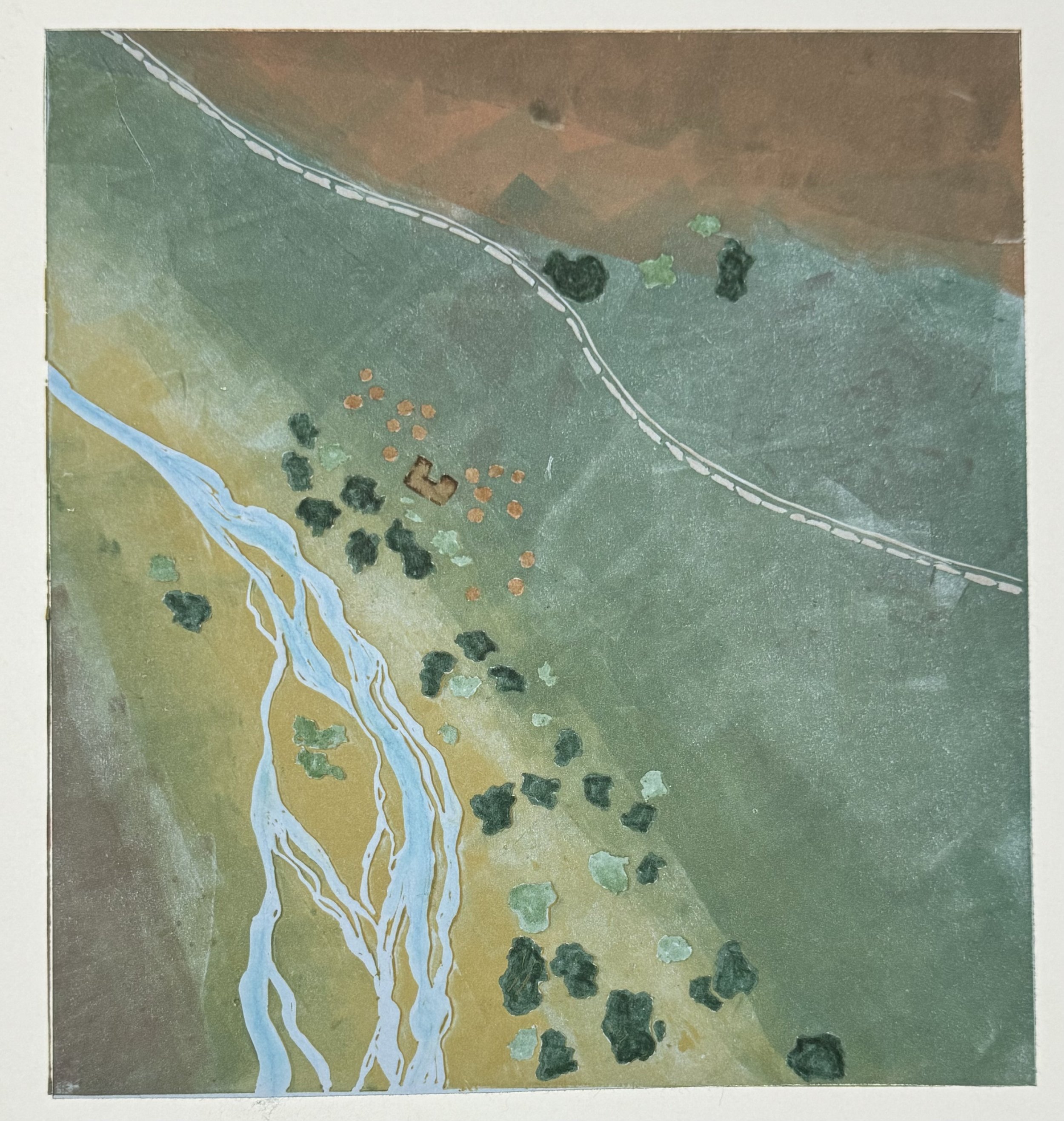The Asistencia site was used to oversee the Chumash who worked on building and maintaining the Mission aqueduct which ran seven miles up the valley and brought water down to the Mission. The Asistencia also served as the main worship site for the Mission after earthquakes damaged the Mission in 1812. In 1818 it became a place a refuge away from the Mission and the possibility of invasion by Captain Hippolyte de Bouchard. The Spanish left the Asistencia in 1837 with the secularization of the California Missions. Yet, a Chumash community continued to reside around the Asistencia until 1868. Their woven dome homes, called aps, prompted the naming of the area as Casitas, or little houses, by settlers. Casitas remains a town today, on California highway 33, and this name was also given to Lake Casitas, a dam constructed lake formed in 1959. By the 1880’s the Asistencia was in ruins, as roof tiles were taken to build the Ortega Adobe in Ventura.













